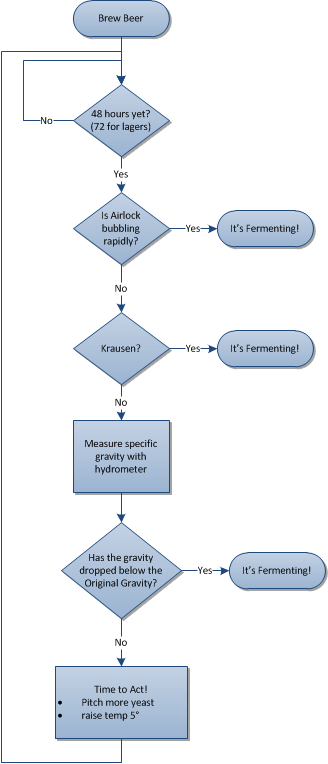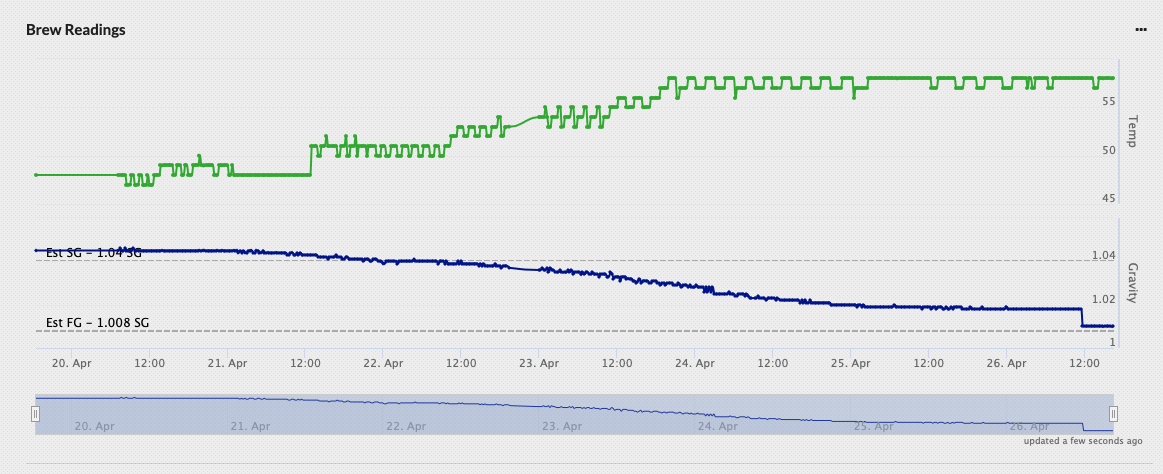Bluelinebrewer
Well-Known Member
Hey all. Quick question regarding Saflager 34/70. I had a recipe kit that I had ordered a couple months ago, a Noble Pils. Long story short, time got away from me and I didn't get it brewed as quickly as I thought I could. The liquid yeast that came with it was past the 6 month mark, and instead of making a huge starter, I bought a couple packs of Saflager 34/70. I read through several threads regarding 34/70, and rehydrating dry lager yeast. I'm hoping someone can critique my process, which I developed after reading several threads.
Boiled 200 ml water in a flask, to sanitize. Allowed to cool to about 70℉. Dumped both packets of yeast into the flask, let it set for about 15 minutes. Then swirled the mixture for about 10-15 minutes, then every couple of minutes for the next 20 minutes. I wasn't able to cool my wort down to a good pitchable temp, so I placed both the rehydrated yeast, and the wort in the fermentation cooler and set the temp to 45℉. I plan on pitching tomorrow morning, assuming the wort has dropped to 45℉, and then bringing temp up to 53℉. Does this sound ok?
One thing I noticed when I went to "check things out" a while ago... There's a layer of foam on top of the yeast. Almost like a krausen. Is that normal? I would expect that if I had made a starter, but I didn't, just water and yeast. Thanks in advance for any advice!
Boiled 200 ml water in a flask, to sanitize. Allowed to cool to about 70℉. Dumped both packets of yeast into the flask, let it set for about 15 minutes. Then swirled the mixture for about 10-15 minutes, then every couple of minutes for the next 20 minutes. I wasn't able to cool my wort down to a good pitchable temp, so I placed both the rehydrated yeast, and the wort in the fermentation cooler and set the temp to 45℉. I plan on pitching tomorrow morning, assuming the wort has dropped to 45℉, and then bringing temp up to 53℉. Does this sound ok?
One thing I noticed when I went to "check things out" a while ago... There's a layer of foam on top of the yeast. Almost like a krausen. Is that normal? I would expect that if I had made a starter, but I didn't, just water and yeast. Thanks in advance for any advice!






























![Craft A Brew - Safale S-04 Dry Yeast - Fermentis - English Ale Dry Yeast - For English and American Ales and Hard Apple Ciders - Ingredients for Home Brewing - Beer Making Supplies - [1 Pack]](https://m.media-amazon.com/images/I/41fVGNh6JfL._SL500_.jpg)





























